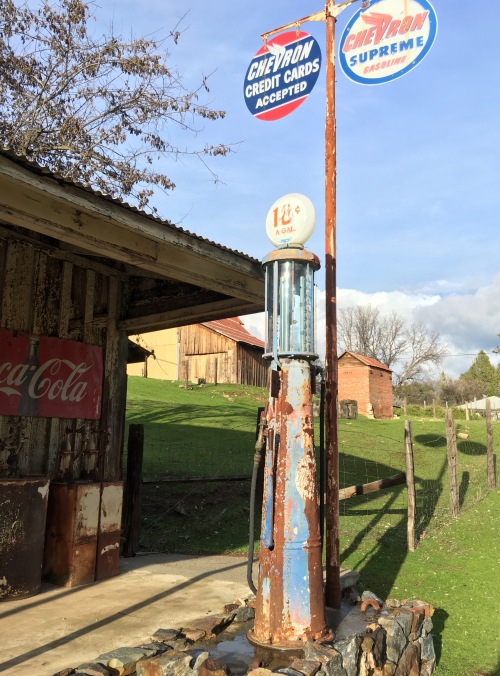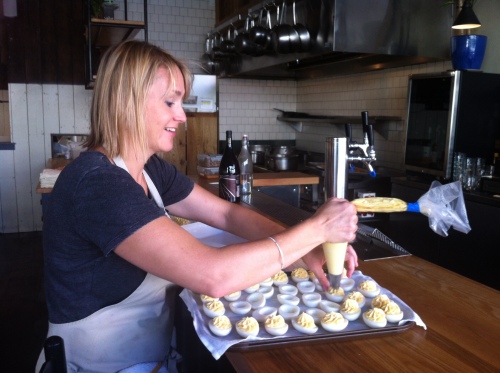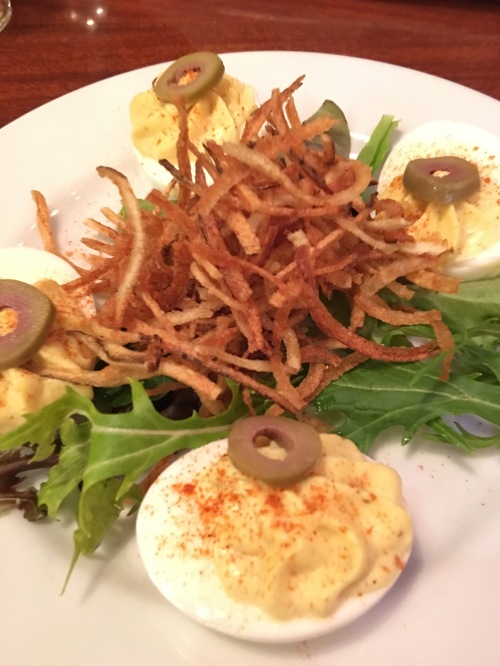Our month-long visit to Lodi, California, has provided us an excellent base to explore the foothills of the Sierra Nevada and the area that was the center of the feverish gold rush that began in 1849. We have visited Sacramento, now the capital of California, but at one time a center for transportation during the gold rush as well as serving as the western terminus (San Francisco notwithstanding) of the great race between the Central and Union Pacific Railroads to meet up to create the first transcontinental railroad. We have also visited some of the historic towns in the foot hills and taken back roads into the mountains and the areas of devastation from the “Butte Fire” of last summer. All of it has been a learning experience.
Sacramento is much like any big city. It has around a half million residents and traffic to match. The capital building is a replica (smaller of course) of the national Capitol in Washington DC and it has its own beautiful mall. The riverfront has been restored into “Old Sacramento” which, like most “Old [fill in the blank]” is filled with Victorian-era buildings, bars, restaurants, and gift shops.
But one place in Old Sacramento that shouldn’t be missed is the Railroad Museum. The place has accumulated engines and rail cars that capture the entire history of California railroading. The rolling stock has all been carefully restored. The museum goer can walk through many of the exhibits. Some of the restored cars even replicate the rocking motion of a speeding train. We spent several hours in the museum and then decided that we didn’t need to see any more of Sacramento.
We explored several mining towns and soon learned that you have to get off of the main highway. The main drags are universally lined with the usual gas stations, McDonald’s, hardware stores and Dollar Generals. The old town Main Streets are the places to experience the real feel of the communities.
One of our first visits was to Murphy’s. The main landmark of the street is “Murphy’s Historic Hotel” which advertises itself as having served the town since 1850. That claim does not make it clear whether the current building is the original, but that doesn’t really matter. The building is old enough and run down enough that you can picture it as the background of a gun fight during gold rush days. There is a bar in the front of the building where locals hang out. In the back, the dining room has been fixed up to capture Victorian styles. It looks like a good place to enjoy a leisurely lunch or a fancier dinner. There are white linen tablecloths and comfortable chairs. Lots of good California wine choices. The food turned out to be “ok” with a badly over-cooked hamburger supposedly topped with blue cheese crumbles that turned out to be a grayish unpleasant-tasting blob that could only be salvaged by scraping it off. Perhaps the “chef” (who had just started work that day according to the slightly deaf server) put the blue cheese on the burger too early in the cooking process. The bacon-wrapped shrimp po’boy special turned out to be a better choice.
Another stop was Sonora. The guidebook informed us that the town had been named by homesick Mexicans for their home state in Mexico. They had apparently come to California during the gold rush to make their fortunes. Our food discovery in that quaint little town was Talulah’s Restaurant, named by the woman owner just because she thought the name sounded cute. The Victorian storefront was painted in bright chartreuse, and the inside also had touches of chartreuse. Not a big place, it had a surprisingly large menu with, of course, a good selection of California wines. The mushroom soup was so flavorful and aromatic that I started to eat it before I remembered to make an image. The complementary garlic bread turned out to be picture perfect and delicious to boot. The marinara on the spaghetti was not my recipe, but it was flavorful and tasted of fennel and just a hint of cinnamon and cloves. (I know what you’re thinking – no, it was not Cincinnati five-way chili. It was really quite tasty.) The grand finish was a delicate lemon cake filled with a light-as-a-feather lemon mousse and topped with a warm lemon sauce.
We drove through Angel’s Camp, named after Mr. Angel, not the celestial variety. Angel’s Camp is home to Mark Twain’s “Jumping Frog of Calaveras County”, so everything was named, “Frog”, including the high school mascot.
My favorite place was Sheep Ranch (the name of the town, population 32) located on Sheep Ranch Road and former headquarters for the Sheep Ranch Mine. There was a large, still well-preserved but unoccupied white hotel nestled in the pines at the end of the main street. There were no restaurants in town, but the abandoned general store still advertised gasoline at 18 cents a gallon. Unfortunately there was none for sale.

Sheep Ranch
Up Swiss Ranch Road, after the pavement had turned to gravel, we discovered an ornate iron gate that looked as though it was the entrance to a great English country house. Its story remains a mystery to us, but I am certain it would be very interesting.
The saddest part of our trip was to see the devastation caused by the “Butte Fire” of October, 2015. Miles of forest were burned and over 500 homes were destroyed. Most of the ruined buildings had nothing above the foundation, and they were surrounded by the shells of burned-out cars and trucks. It will be years before the forests and hazardous materials are cleared, decades – if ever – before the forests come back, and probably never for families to put their lives back together.


























